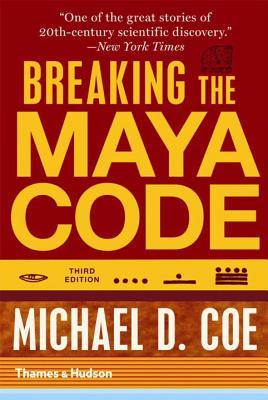
The third edition of this classic book takes up the thorny question of when and where the Maya script first appeared in the archaeological record, and describes efforts to decipher its meaning on the extremely early murals of San Bartolo. It includes iconographic and epigraphic investigations into how the Classic Maya perceived and recorded the human senses, a previously unknown realm of ancient Maya thought and perception.
There is now compelling documentary and historical evidence bearing on the question of why and how the "breaking of the Maya code" was the achievement of Yuri V. Knorosov--a Soviet citizen totally isolated behind the Iron Curtain--and not of the leading Maya scholar of his day, Sir Eric Thompson. What does it take to make such a breakthrough, with a script of such complexity as the Maya? We now have some answers, as Michael Coe demonstrates here.
The third edition of this classic book takes up the thorny question of when and where the Maya script first appeared in the archaeological record, and describes efforts to decipher its meaning on the extremely early murals of San Bartolo. It includes iconographic and epigraphic investigations into how the Classic Maya perceived and recorded the human senses, a previously unknown realm of ancient Maya thought and perception.
There is now compelling documentary and historical evidence bearing on the question of why and how the "breaking of the Maya code" was the achievement of Yuri V. Knorosov--a Soviet citizen totally isolated behind the Iron Curtain--and not of the leading Maya scholar of his day, Sir Eric Thompson. What does it take to make such a breakthrough, with a script of such complexity as the Maya? We now have some answers, as Michael Coe demonstrates here.
Paperback
$29.95